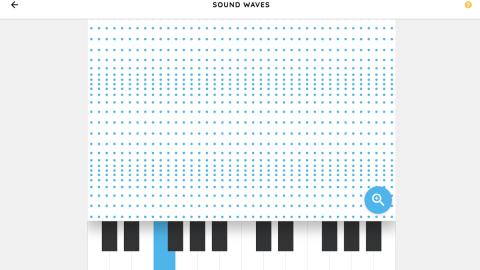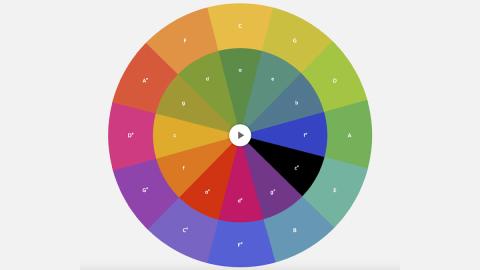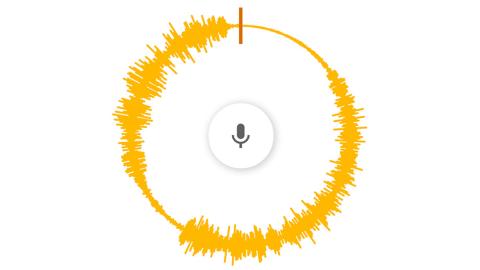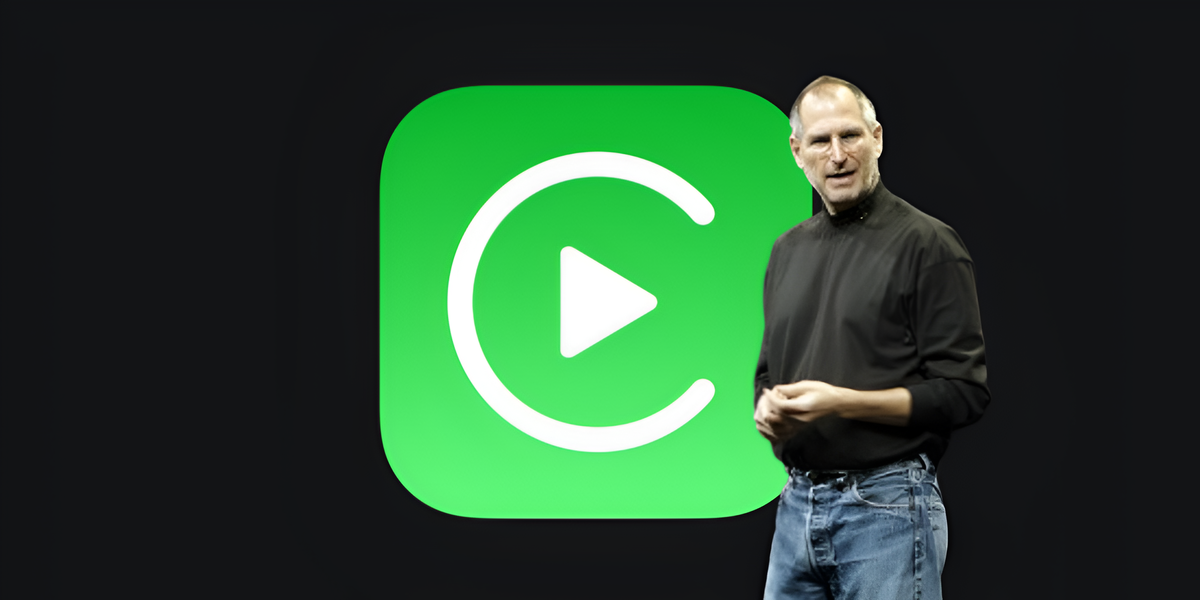One of the most important facets that Google has is to surprise us from time to time with a project that is between the cutting edge in technology and creativity, in what we might call art.
The best example of this is Chrome Music Lab, a platform that was created to not only keep music in the audience, but also to learn how to create it, reaching as many users as possible.
For this purpose, many websites have been created in collaboration with creatives from all over the world, using all their musical experience from different points of view and levels.
All this was developed thanks to free technology, which facilitated the integration of several designers and developers.
What is Chrome Music Lab?
As we have already told you, we are talking about a digital platform whose purpose is to promote musical training and creativity. It was launched in 2016 and has served many users as a practice ever since, as it allows them to perform fun musical exercises.
There are several web experiments on this platform where we can find different types of sounds, rhythms and melodies, all with a very colorful and quite powerful interface.
Chrome Music Lab uses:
- Sequencers this will allow us to change rhythms or create melodies directly.
- synthesizers with which we can generate a different sound.
- Spectrograms with visual support for sounds, where we can see the frequencies of various musical instruments.
Part of this, Chrome Music Lab uses various functionality through which we can create our own music or based on others to achieve it.
Let’s see what they are.
song’s author
With this feature, users can create their own songs. Everyone can choose what he is. your favorite instruments. Thanks to its interface, you can draw and compose whatever you want at the same time.
power no prior musical knowledge required, since the interface itself ensures that there are no offset notes. There is no need to download any program because we are going to use it from the browser, offering us the possibility to save or share the song we have created.
Rhythm
In this case we will see two parts with percussion instrumentson one side and a triangle on the other.
This is the way Chrome Music Lab allows us to create rhythmic percussion compositions. as in the previous case. It is characterized very visual interface and intuitive since we are going to use dots and vertical lines for our rhythms.
sound waves
Like some kind of allegory sound wave vibration which are the result of musical composition, Sound Waves, part of the Chrome Music Lab, is a kind of visual representation of sound waves passing through the air.
We will have at our disposal piano that playing moves a set of dots based on the frequency we use for each note on the keyboard.
Spectogram
Here we are before spectrum analyzer with which you can create a frequency graph of the sound.
To help you better understand the results, Spectogram has:
- dark areas which are those sounds that have a lower frequency.
- light areas which represent frequencies with high intensity.
chords
Thanks to this Chrome Music Lab tool, you can identify major and minor chords.
In doing so, we can create notes that complement the song we create. We’ll see how this works with Solid images, where the space between notes and chords will be noticeable.
arpeggio
Obviously, if you are not a music connoisseur, you may not know what an arpeggio is.
This term is used when notes are played consecutively in a chord, which usually happens with quite often on the guitarmaking a transition between notes, we get a very characteristic sound as a result.
There are many types of arpeggios. as major, minor, diminished, augmented, major seventh, major seventh and many others.
In Chrome Music Lab, we will have the ability to create different types of arpeggios based on melodic patterns that we can see on the screen. To do this, use the wheel, which allows you to select the chord you want to use, and then select the instrument along with the tempo.
harmonics
Another one of the tools that we can also use is Harmonics, whose purpose is one that sends its own name, that is, deals with harmonization.
You will see a set of notes, visually represented by lines, which will allow us to see everything that harmonization is and how to make different sound waves viable so that nothing spoils the final result.
Kandinsky
The name of this Chrome Music Lab tool refers to an abstract artist who believed that the composition of a painting is similar to the composition of music.
This will mean that in this resource, everything that we draw, as if we were a painter, becomes sound.
voice counter
In addition to all the instruments, rhythms and chords that we can experience in Chrome Music Lab, the Voice Spinner tool is capable of record sounds andThen visualize the wave they generate.
But that’s not all, you can also slow down or invert the sound itself.
Melody maker
The main feature of Melody Market is its extremely easy to use interface, since all we have to do is click on different squareseach one with a different note to later listen to the melody we created.
In this tool we have various options such as musical instruments, microphone buttons, chords and we can even change the rhythm and tempo.
oscillators
Finally, we are going to understand that oscillators are a tool in which we see everything related to frequency, wave, timbre and pitch.
Now that you know all the instruments that make up Chrome Music Labs, all you have to do is experiment and create your own tunes to share with others.
Obviously, like any software, it needs a period of adaptation and an accurate understanding of everything that each of its parts does, but it is also true that we are faced with an extremely intuitive and simple system in everything related to the creation of music. .
Source: Computer Hoy
I am Bret Jackson, a professional journalist and author for Gadget Onus, where I specialize in writing about the gaming industry. With over 6 years of experience in my field, I have built up an extensive portfolio that ranges from reviews to interviews with top figures within the industry. My work has been featured on various news sites, providing readers with insightful analysis regarding the current state of gaming culture.


















